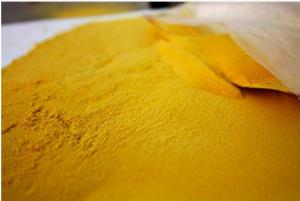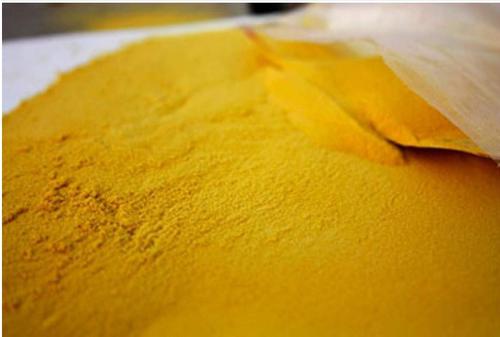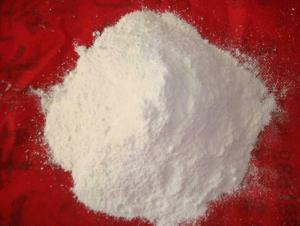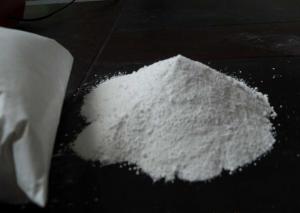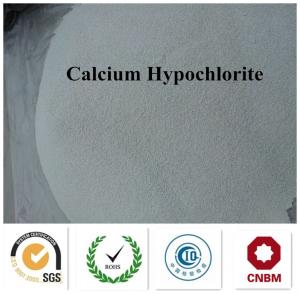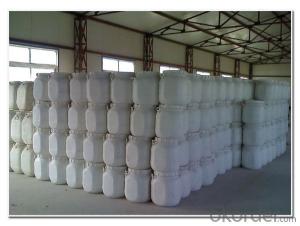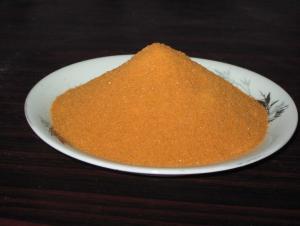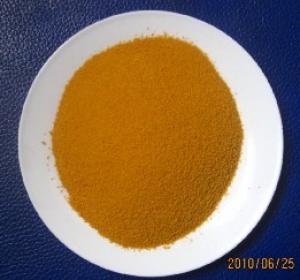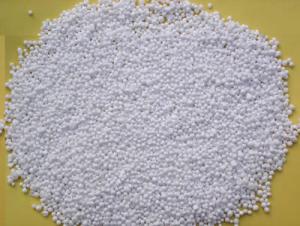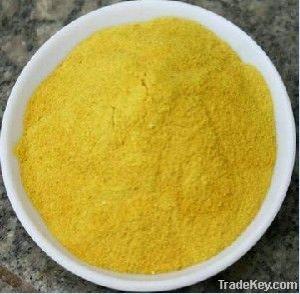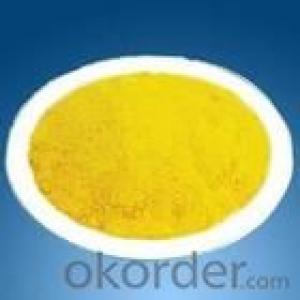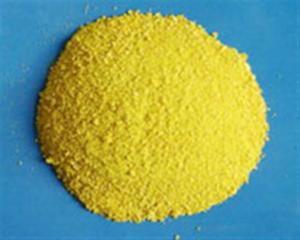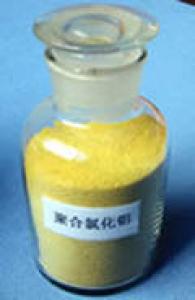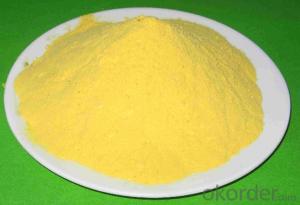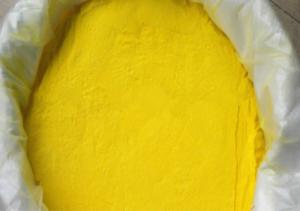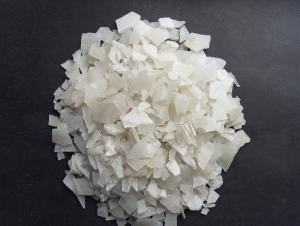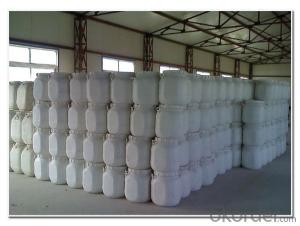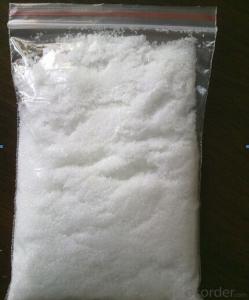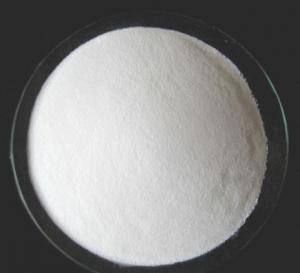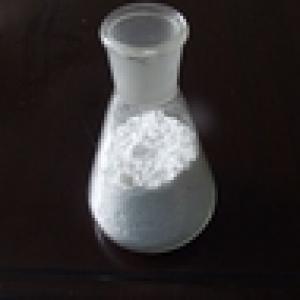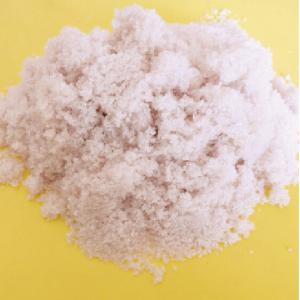Factory supply lowest price water treatment chemical PAC
- Loading Port:
- Tianjin
- Payment Terms:
- TT OR LC
- Min Order Qty:
- -
- Supply Capability:
- 6000 m.t./month
OKorder Service Pledge
OKorder Financial Service
You Might Also Like
Polyaluminium chloride PAC 30%min
1. Features of polyaluminium chloride
a. highest grade raw materials
b. light yellow powder
c. Low heavy metal
d. High AL2O3, 30% min
2. Specification of polyaluminium chloride
Industrial water grade:
Properties: sandy beige fine powder use spray drying technology.
Usages: The product is widely used for industrial water and wastewater treatment, such as those containing radioactive substances, lead (Pb + +) chromium (Cr + + +) highly toxic heavy metals and fluoride (F) sewage. In addition, also use in precision casting, paper, leather, etc.
Item | Specification guaranteed |
AL2O3 % Min | 30 |
Basicity 8% | 50-90 |
Max. water insoluble % | 0.05 |
PH value(1% content in water) | 3.5-5.0 |
Drinkable water treatment:
Properties: Lemon yellow fine powder use spray drying technology.
Usages:The product is widely used for drinking water treatment, also use in precision casting, paper, leather, etc.
Item | Specification guaranteed |
AL2O3 % Min | 30 |
Basicity % | 70-85 |
Max. water insoluble % | 0.1 |
PH value | 3.5-5.0 |
Fe, %, ≤ | 0.2 |
As, %, ≤ | 0.0002 |
Mn, %, ≤ | 0.0075 |
Cr 6+ %, ≤ | 0.0005 |
Hg %, ≤ | 0.00001 |
Pb %, ≤ | 0.001 |
Cd %, ≤ | 0.0002 |
Milk white PAC
Properties: White fine powder use spray drying technology.
Usages: Mainly used for portable water, urban sewage purification; in food processing industry, it's mainly used as sugar decolorization clarifying agent; as sizing auxiliary in paper mills; For cloth anti-creasing
Item | Specification guaranteed |
AL2O3 % Min | 30 |
Basicity % | 40-60 |
Max. water insoluble % | 0.01 |
PH value | 3.5-5.0 |
Fe, %, ≤ | 0.2 |
As, %, ≤ | 0.0002 |
Mn, %, ≤ | 0.0075 |
Cr 6+ %, ≤ | 0.0005 |
Hg %, ≤ | 0.00001 |
Pb %, ≤ | 0.001 |
Cd %, ≤ | 0.0002 |
3. Packing of polyaluminium chloride
20kg / 25kg / 900kg / 1000kg Plastic Bag
- Q: What to eat can promote the absorption of inorganic salts
- The active transport of the carrier consumes energy, while the respiration provides its energy
- Q: Nutritional characteristics of carbohydrates and inorganic salts in vegetables
- Carbohydrates include sugars, starches, cellulose and pectin substances. Its species and quantity, because of the types of food and varieties are very different.
- Q: bonded to an acid molecule called- such as potassium citrate?Thanks
- A mineral is mostly an inorganic salt that can form naturally in the earth. Potassium citrate on the other hand is an organic salt which is formed by addind an potassium base to citrate acid (citrate acid is an acid that is found in fruits and is termed organic as it is mostly has carbon atoms in it)
- Q: Definition of inorganic salts
- There are about 21 kinds of elements which have important physiological functions in the body. Among them, calcium, magnesium, potassium, sodium, phosphorus, sulfur and chlorine are more and more, and the amount of inorganic compounds is more Iron, copper, iodine, zinc, manganese, selenium, fluorine, chromium, nickel, molybdenum, silicon, tin, vanadium and cobalt content is extremely small, called trace elements .2, inorganic compounds in the general name of the salt. Formerly known as "minerals." Some elements of inorganic salts for the human essential nutrients, including potassium, sodium, calcium, phosphorus, iron, iodine and other 20 kinds of elements. With the maintenance of cells and liquid normal osmotic pressure, maintenance of neuromuscular excitement As a variety of acid system activator; constitute the ester of the base; hormones, vitamins, nucleic acid composition and regulate the body's acid and alkali balance and other important physiological functions. Increased or lack of disease, such as hyperkalemia, The explanation of the "inorganic salts" in the academic literature
- Q: How can experiments prove that there are inorganic salts in the leaves of plants
- The experimental leaves used to dry, crushed into powder or sintered ash, and then the analysis of mineral elements, we can learn.
- Q: Does the plant absorb some of the inorganic salt?
- Of course, plant water absorption and absorption of inorganic salts are a certain association, inorganic salts to be dissolved in water to be absorbed, and inorganic salt ions in the transport of plants can not be separated from water.
- Q: If you boil down salt to a vapor form and breathe it in, can it kill you? or do you have to mix it with another chemical for it to become deadly. (Or will the vapor be so hot it will burn your lungs)
- The boiling point of salt is incredibly high. Like thousands of degrees Celsius high. If you can actually manage to boil salt I would not recommend inhaling it.
- Q: A solution is known to contain an inorganic salt of one of the following elements. The solution is colorless. The solution contains a salt ofa. Cub. Mnc. Fed. Nie. Zn
- Mn or Zn. Both MnSO4 and ZnSO4 solutions are water-white. KMnO4 is purple. But you did not stipulate.
- Q: Does the lack of inorganic salts cause convulsions?
- The lack of important substances in the salt body is indeed the use of salt to protect the health of important substances than the calcium and phosphorus main body bone calcium blood coagulation muscle contraction and nerve cell regulation very important phosphorus calcium with the same function of food are preserved phosphorus body lack of calcium muscle spasms Can be rash dyspnea gastrointestinal paralysis and other body no phosphorus calcium calcium phosphate can be used to make bone calcium and phosphorus with a reasonable reason to play its role in the use of salt my body's non-essential body about 50 grams of salt according to 0 --- 2 5 grams To follow the excreta outside the body need to be added or otherwise the body of the production capacity of the body is extremely lack of salt can be fainting disease to speed up or even cause muscle weakness in the iron content and its role is not important in vivo iron deficiency anemia and other iron deficiency
- Q: Advertisements related to inorganic salts -.-,
- Three crystal good mother know every night to give her blue bottle, and help absorb the blue screen of the drink, Harbin Pharmaceutical six factory production.
Send your message to us
Factory supply lowest price water treatment chemical PAC
- Loading Port:
- Tianjin
- Payment Terms:
- TT OR LC
- Min Order Qty:
- -
- Supply Capability:
- 6000 m.t./month
OKorder Service Pledge
OKorder Financial Service
Similar products
Hot products
Hot Searches
